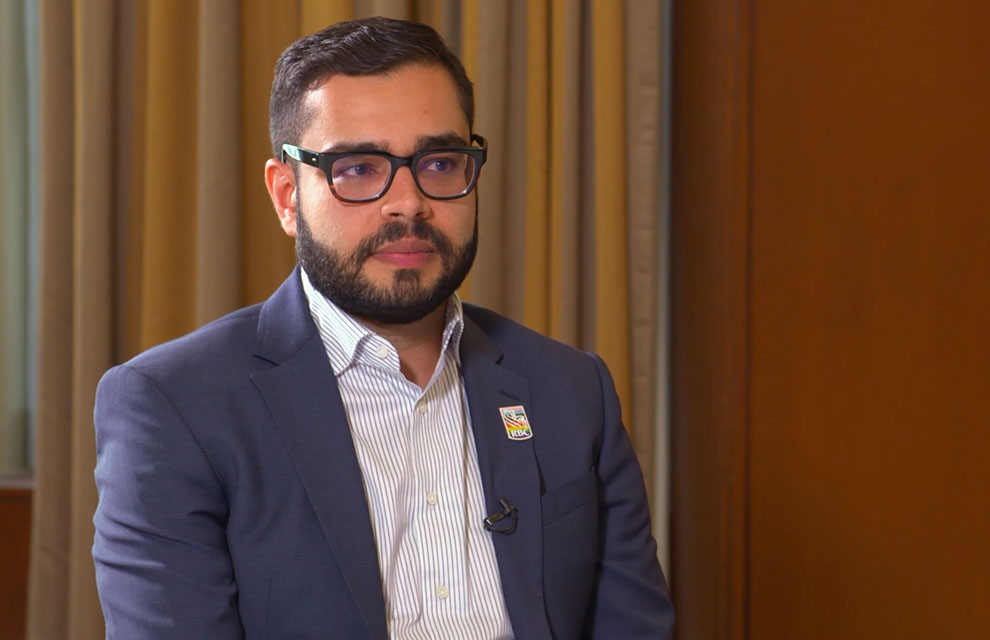Financial institutions around the world are feeling the impact of increased capital requirements on certain business lines, with 25 percent exiting these businesses, according to the fourth annual survey by the Professional Risk Managers’ Association (PRMIA), co-sponsored by SunGard.
According to survey respondents, the introduction of central clearing is expected to result in lower margins, increased collateral requirements and a general increase in the cost of doing business in areas such as OTC derivatives.
The survey was sent to PRMIA members around the world. Respondents were evenly split among the buy side, sell side and consulting firms (25 percent each), with the balance made up of regulatory bodies and government institutions (7 percent) and other types of firms. A total of 170 surveys were completed.
Twenty-five percent of the respondents to the survey have withdrawn from capital-intensive businesses, while 58 percent admit that they are more selective when undertaking such business. Eighteen percent say they would pass on extra capital costs to clients.
Other key findings include that 64 percent of respondents feel that less than half of OTC contracts will be cleared via central counterparties (CCPs), suggesting that bilateral clearing will still have a significant role to play.
Among sell-side respondents, who are more closely involved in the clearing process, only 43 percent agreed, whereas 84 percent of buy-side respondents hold this view.
Half of buy-side firms do not measure credit valuation adjustment (CVA). Only 24 percent of the sell side reports the same. While 26 percent of sell-side firms actively manage and hedge their CVA, no buy-side respondents do.
Nearly twice as many buy-side firms (45 percent) as sell-side firms (24 percent) do not run any reverse stress testing.
Wrong way risk continues to be ignored by roughly a third of institutions, although there is a slight increase from 34 percent to 36 percent since last year’s survey in the number of firms that have an automated system in place to detect wrong way risk.
There has been a marked reduction in the amount of proprietary trading following the Volcker Rule, with only 24 percent of firms saying they can carry on as before.
Dan Travers, director of product management for SunGard’s Adaptiv business unit, said: “As banks begin to fully appreciate the impact of initiatives that were previously confined to silos in the risk management, front office or the exchange margining worlds, risk managers should have an increasingly direct impact on the bank and its business model. Buy-side firms are also starting to feel the pressure to implement risk management practices that were previously the domain of their sell-side counterparts.”

.jpg)

